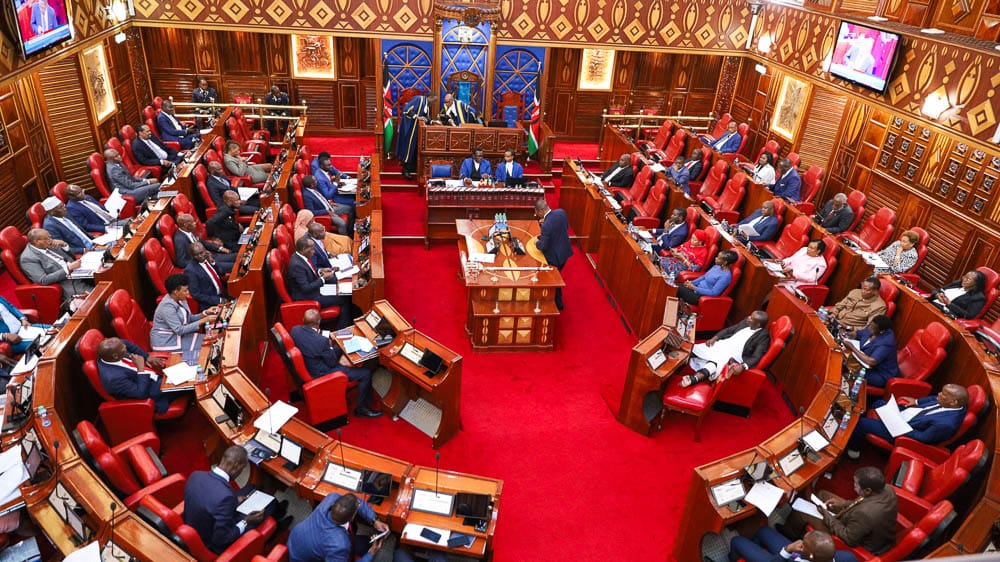Senate report exposes dire conditions in county referral hospitals

In some of the hospitals, the report says, wards are overcrowded and poorly lit, with some lacking electricity altogether.
Patients in several county referral hospitals across Kenya are facing severe hardships, including shared beds, empty pharmacies, poor hygiene, and critical staff shortages, a new Senate report has revealed.
A report by the Senate Health Committee, based on inspections conducted in key referral facilities, paints a troubling picture of Kenya’s public healthcare system.
The findings expose a widespread breakdown of services in hospitals that are meant to offer top-level treatment in counties, leaving millions of Kenyans without access to dignified, reliable medical care.
In some of the hospitals, the report says, wards are overcrowded and poorly lit, with some lacking electricity altogether.
Patients are forced to share beds, while basic necessities like food, curtains for privacy, and functioning sanitation facilities are missing.
“The committee noted that most health facilities did not have the requisite number of staff working in critical departments and that various departments in the hospitals were faced with a high workload and staff shortages,” the report states.
Hospitals inspected include Longisa County Referral Hospital in Bomet, Ekerenyo Subcounty Hospital and Nyamira County Referral Hospital in Nyamira, Kisii Teaching and Referral Hospital, Kenyenya Subcounty Hospital in Kisii, Vihiga County Referral Hospital in Vihiga, Jaramogi Oginga Odinga Hospital, and Ahero Subcounty Hospital in Kisumu.
At Longisa County Referral Hospital, the situation was particularly alarming. The maternity ward, originally designed for 16 patients, was accommodating up to 120.
The committee found that 46 patients had been admitted against a bed capacity of 39. This has forced even mothers in labour to share beds.
The hospital operates with just 12 nurses, two gynaecologists, four medical officers, two interns and 10 clinical officers, with only two doctors and three nurses available per shift.
At the time of inspection, five nurses were away on study leave, and the bed occupancy rate in the maternity ward stood at 90 per cent.
Longisa hospital also reported a severe shortage of essential drugs, particularly for tuberculosis. The Kenya Medical Supplies Authority was blamed for failing to meet the hospital’s drug requirements, with the fill rate falling below acceptable levels.
Ekerenyo Subcounty Hospital was also found to be under severe strain. Its maternity wing had only three beds and lacked curtains, leaving expectant mothers exposed. The male ward had open windows and no bed screens, raising questions about patient privacy and dignity.
“The committee observed that the male ward had bare windows and lacked bed screens, raising concerns about patient comfort and dignity,” the report reads.
Across several facilities, stalled infrastructure projects and neglected medical equipment were also noted. In many wards, erratic water and electricity supply added to the suffering of patients.
Some lacked even the most basic hygiene standards, putting patients at risk of further infections.
The report has amplified long-standing concerns about the state of healthcare in devolved units.
Despite the promise of improved access and service delivery under devolution, the conditions in these hospitals suggest the system is crumbling under mismanagement, underfunding and poor planning.
The Senate committee’s revelations are expected to spark debate on the state of health services in the counties, as pressure mounts on county governments and national agencies to address the crisis.
